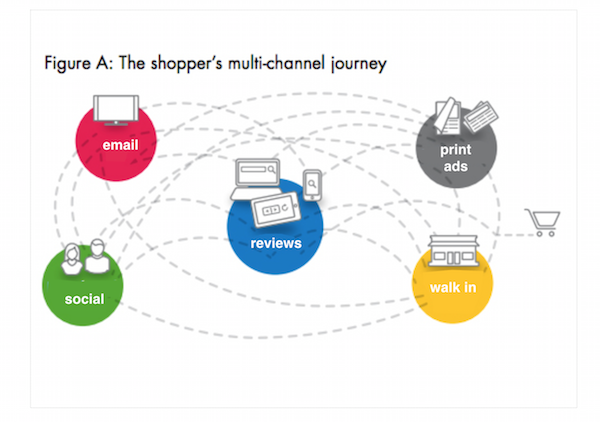
In an effort to get people who have never heard of us to become aware and then make a decision to buy, we have to make emotional connections. The goal is to evoke a reaction of “this is what I need, whatever it takes.” If you want to quickly impress upon a prospect what you do, or how you help, you have to understand implicitly the problems and issues they face. When we do this right, we are able to match the content need to their own need.
Having access and conducting interviews with customers who love and hate you, who are ambivalent to you, who chose not do business with you, leadership, management, sales people, product development, and front line employees is key to getting there.
The questions we ask depends on the type of business you are in and the goals you want to achieve. (In other words, “it depends.” You knew I was going to say that, didn’t you?)
I’ll provide a framework here for you to apply to your own unique situations, broken down into four key areas.
Company mission/purpose
We want to know why the company is in business. and the answer is not “to sell widgets.”
- Find out what problem the company solves in the market place.
- Question founders and executive leadership on their vision.
- What keeps them up at night?
- Who are they and why did they start the company?
- Is there a conversion story – something that happened to them that made them launch this?
- Learn about business philosophy, culture.
Buyer behavior
Funny thing, some times the mission/vision from leadership doesn’t align with how buyers perceive the brand. It’s pretty hard to tell a compelling story when there is a communication gap. See, marketing doesn’t solve all sales problems. This will be revealing and present some issues that might need resolution outside of the marketing conversation. I love it when marketing leads this conversation, however.
- Lifestyle – who are they, what is daily life like? What is their profession, role in the organization. What challenges them? What do they get excited about?
- Perceptions – what did they think when they first learned of the product? What did they think of the brand?
- What prompted their need?
- Where did they turn to to get answers to their questions. What were their questions?
- How did they vet the product?
Sales – closing the deal
In order to help the sales team close leads, we need to know what the process looks like.
- What are frequently asked questions before a purchase is made?
- What are their concerns?
- Why are people choosing to buy and why do others walk away?
- What is your sales philosophy? How is it different from others (particularly your competitors)?
Customer Experience
Because the customer experience is a big part of our story, we want to know as much about it as possible so the questions here will vary if you are a service, a brick and mortar or ecommerce.
- Tech support, guest services, distribution, follow-up – explore.
- What are the biggest complaints?
- Why do people love the brand? What do they not like?
- Ask buyers how they are better off now that they are doing business with you.
Steward Butterfield, CEO of Slack said to his product development group: “Put yourself in the mind of the buyer.” From start to finish, the brand story’s protagonist, the true hero, is our buyer. Once we understand this, and execute on this, we are on our way to telling a very compelling story that makes buyers want to do business with you no matter what: “I need this.” And it does more than influence action. It builds brand advocates who speak your story on your behalf.
I hope this helps as you sit down to craft the questions you’ll ask relevant to your own business. Let me know if you have any questions, or if we can help in any way.
[ssba]
Thanks for sharing. I read many of your blog posts, cool, your blog is very good.